Zomato Launches Intercity Food Delivery Pilot: Is It Just Another Doomed Experiment?
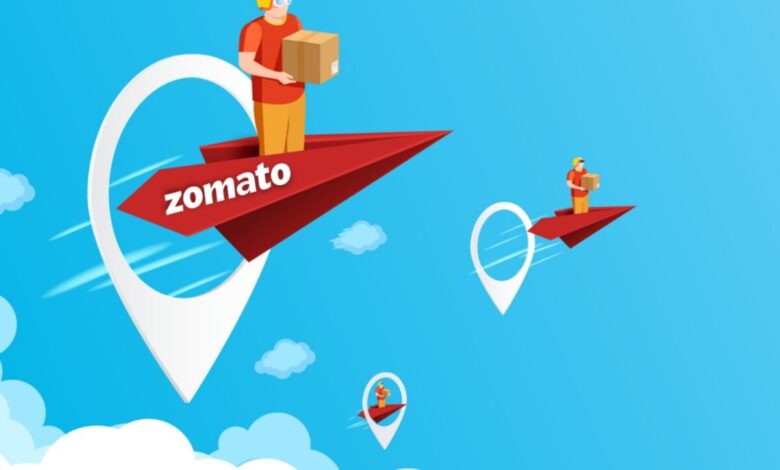
Zomato Launches Intercity Food Delivery Pilot: Is It Just Another Doomed Experiment?
Zomato is launching an intercity food delivery service called “Intercity Legends,” and earlier week, it launched a printed supply pilot on its quick commerce platform.
The intercity service ensures that so-called iconic foods, packaged by restaurants and delivered by aircraft or highways, will be available the following day.
Uncertainty surrounds how the intercity service will help Zomato solve its unit economics conundrum, as well as whether this is just another experiment in the same vein as Zomato Wings, nutraceuticals, and other earlier endeavours.
Following some controversy caused by Blinkit’s printouts-as-a-service, Zomato has secretly introduced an intercity food delivery service using the Intercity Legends branding.
The concept is as straightforward as it may sound: Zomato has provided a list of a few restaurants from various Indian cities. Place the order on Zomato just like you would any other regular order.
Although Inc42 was able to access Zomato Intercity Legends through the main app, it appears that not all users will yet be able to use the service. According to Zomato, all food is packaged by the restaurant and then chilled before being sent by air or land to customers the following day. However, certain orders could take longer than expected to be successful in perspective.
We ordered 1 kg of biryani from Hyderabad, and the app currently claims that it can be delivered the following day—likely through air cargo. As soon as the final product arrives, we’ll replace this text with pictures of the package and final product.
Intercity supply is still being studied in its infancy, according to a Zomato spokeswoman who talked to Inc42. “It’s a test that we’re running in response to recent client requests. We’re pleased to introduce Indians all over the world to some of the most legendary foods, which are associated with the cities that have joined the Intercity Legends offers. We can’t yet provide any details since it’s too early,” the official said.
However, given that Zomato has tried several of these experiments and abandoned them, most recently with Zomato Wings and earlier with grocery delivery and nutraceuticals, the question we must ask is whether or not this business is still feasible for Zomato.
Additionally, according to the founders, providing lunches between cities is not exactly a cost-effective move due to a significant logistics issue. So what’s the main idea behind Deepinder Goyal and Zomato’s most recent strange experiment?
Unit Economics Of Intercity Supply
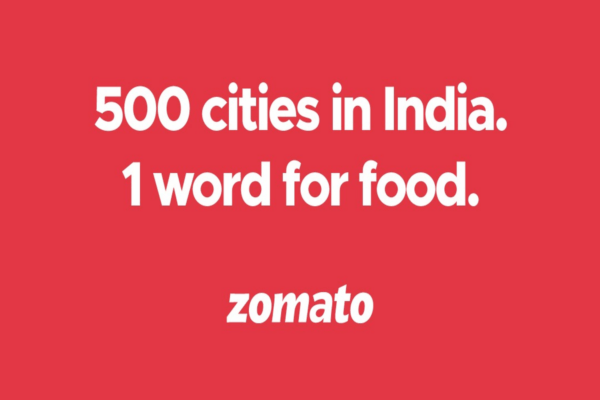
Zomato’s intercity meal deliveries don’t exactly make it clear to whom the company is catering. By the way, the debut is close to India’s upcoming holiday season, which is set to begin next month. Bulk orders for celebrations at homes or places of business could gain traction at this time of year.
However, it remains to be seen whether the nostalgia factor would be strong enough to persuade customers to place intercity orders when a metropolis like Delhi, Mumbai, or Bengaluru has an abundance of options.
Our assessment is that Zomato would need customers to place several high-value purchases for it to recoup the cost, even taking into consideration the heightened sense of nostalgia that some metro dwellers may experience for their hometown meals during the holiday season.
This is due to the fact that the primary intercity purchase has a comparatively low cost that immediately reduces Zomato’s profit margins.
For instance, the total cost of our order, including taxes, the cost of the dish (INR 280), and the cost of supply and shipping, was INR 700. (INR 350). The final cost of the identical order placed across Hyderabad city was INR 350. In general, customers may pay nearly twice as much for specific items depending on the dishes.
Zomato provides a discount of INR 200 for a customer’s first intercity order and an additional discount for large orders, despite it appearing that the company has a solid profit margin. Therefore, it pays INR 200 for the original order out of its own pocket, leaving INR 150 as the gross margin, which is then split between supply partners and distributors.
We don’t consider that Zomato keeps a sizable percentage of this last fee, considering that sending food by air cargo is highly unlikely to be less expensive than domestic two-wheeler delivery of the same package several kilometres farther.
Furthermore, many customers would find it more expensive to transfer food from an airport to their homes, necessitating the necessity for Zomato to establish distribution hubs or terminate stations for these shipments in busy areas.
Zomato didn’t react to the questions on its logistics system or the intercity food supply price structure, which, as we’ll see, is essential at this stage.
Leaping Logistics Hurdles
Additionally, food packaging is said to be the key factor in intercity deliveries’ success. “Aside from the logistical problem, Zomato should make sure that meal packing won’t be impacted. The founder of a website for intercity food delivery based in Kolkata remarked that orders must use the same substandard packaging that restaurants often use locally.
The founder, who wished to remain anonymous, claimed that because it offers 12-hour delivery, his firm keeps equipment parked at airports throughout the day in the cities where it operates.
This kind of security won’t be necessary for Zomato’s next-day supply. The founder further stated that in order to ensure the integrity of parcels, his business maintains the last-mile achievement entirely in-house.
However, concerns remain over Zomato’s packaging partners, the supply chain in place, and obviously, whether or not the company can be generating any profit on this supply. However, Zomato could use a few specific operational capabilities for this.
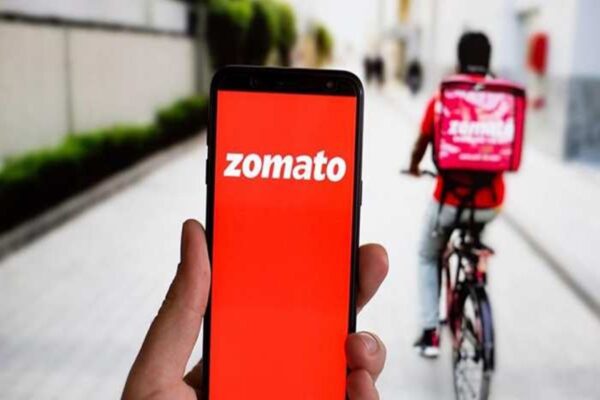
The first is Hyperpure, a B2B platform used by the company to facilitate restaurant purchasing. Transit zones are connected to the HoReCa phase via Hyperpure’s fresh produce supply network. Zomato might very well take advantage of this system to set up a reverse movement of prepared food items back to transit zones like airports or truck/bus stops.
This might very well boost asset utilization for Hyperpure while giving Zomato a greater financial system of scale in that business.
Additionally, by doing things this way, Zomato could be able to lower the direct costs associated with intercity delivery.
Utilizing its investment in logistics software startup Shiprocket is the alternate option Zomato might use. Since Zomato invested in the business in December of last year, Shiprocket has acquired a number of businesses and this week secured more capital to become a unicorn company.
Shiprocket has the more sophisticated logistics capabilities needed for the intercity transportation of goods and perishables, which may be favourable for operational efficacy.
According to a Zomato customer service representative, the company uses a third-party logistics partner for the fulfilment, but the representative wouldn’t say who that partner is.
Zomato Intercity Product Drawbacks
Beyond the operational difficulties, Zomato Intercity Legends has some shortcomings as a product at this experimental stage. For starters, despite Zomato’s assertions that the service is intended for classic foods, it considers all renditions of a particular dish to be iconic.
The stock is missing, and there is no explanation for choosing the specific restaurants that were mentioned under the intercity section. For instance, there are just six restaurants now listed in Bengaluru.
In fact, if and when the service expands, additional restaurants are likely to be included. However, the selection is currently limited.
Except for a little history of each restaurant scattered across the ordering menu, Zomato has not explained why it chose these particular restaurants. Additionally, the section makes no mention of the food’s packaging or safety throughout transportation.
There are some second thoughts when placing the order due to the lack of clarity surrounding these concerns. The reimbursements linked to a misdelivered product or tampering were also not adequately explained to us by the customer service.
Zomato’s Half-Baked Experiments
There have also been questions over whether the printouts supply announcement made this week by Blinkit, which is owned by Zomato, is actually resolving any significant issues. Information security and Zomato’s ability to save the documents sent for printing have also been raised as concerns.
“Blinkit aims to be a company that is constantly innovating for our customers, and being able to offer services that help people lead better lives remains at the core of our goal. With this in mind, we just began offering printing supply services in a number of Gurgaon neighbourhoods, including Sector 43 and Golf Course Highway.
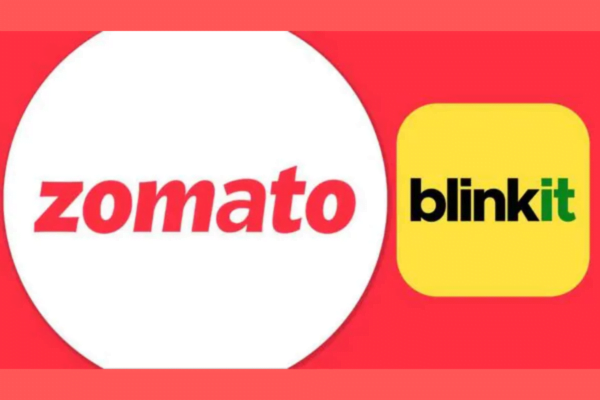
According to a company spokeswoman, the launch price is $9 or $19 per web page (excluding supply expenses), with $9 for monochrome pages and $19 for colour pages.
The company stated that “if we discover the service to be beneficial for our customers,” it looks forward to introducing printout deliveries in additional areas, including Delhi, in the near future.
Zomato at least acknowledges that it is a wait-and-watch game for printing supplies and has not yet jumped in headfirst.
It won’t be the first time that Zomato is forced to abandon a brand-new venture if printout supply or intercity supply don’t take traction.
Prior to purchasing Blinkit, it had twice considered launching a grocery delivery service and had also made an unsuccessful effort into private-label nutraceuticals. All of these internal initiatives were discontinued last year.
Another experimental project that seems to have lost pace is Zomato Instantaneous, which received a lot of negative press. The ten-minute food delivery service was tested in Gurugram but planned to roll it out in Bengaluru fizzled. Instantaneous is currently in the testing phase, according to Zomato, but it made no more mention of its development.
In addition to worries about the quality and safety of the food, several people had noted that the 10-minute promise puts too much pressure on supply partners and makes the workplace uncomfortable for these part-time employees.
First, it was claimed that Zomato was overtaxing its fleet with Zomato Instantaneous when, in some cases, employees were already working more than 12 hours a day to support themselves through regular Zomato delivery.
In any case, Zomato failed to convince its detractors sufficiently about how this may resolve the unit economics issues for its primary business, which has consistently experienced a loss.
Zomato Inventory Crashes On Friday
In FY22, the supply chain’s losses increased to INR 1,222.5 Cr from INR 816.4 Cr in FY21. The combined quarterly deficit, however, decreased from INR 360 Cr in June 2021 to INR 186 Cr in its most recent quarterly study.
Zomato investors had a lot of faith that the company could turn things around financially because of the increased performance.
Zomato further indicated that between this fall of FY23 and Q2 of FY24, or September 2024, the company would achieve overall enterprise-adjusted EBITDA breakeven.
The promising quarterly report helped improve the share value after months of upheaval and loss, and Zomato increased by more than 13% last Friday (August 12) to succeed in INR 61.75 from a value of INR 54.50 a week earlier.
Zomato’s problems were made worse by the fact that many of its investors sold shares in July when the lock-in period for its pre-IPO investors ended after one year of itemizing.
After the lock-in period expired, investors including Uber, Moore Strategic Ventures, Sequoia Capital, and Tiger World sold their shares in the food delivery firm.
Zomato had consistently increased in value over the past week, but in the final trading session of the current week (August 19), it plunged by more than 8.4%, ending the week at INR 61.40, down from a 30-day high of INR 69.20.
Given that Zomato’s shares had risen over the past few weeks, it is likely that a wave of revenue reservations is what caused the dip.
Zomato: Startup Or Public Company?
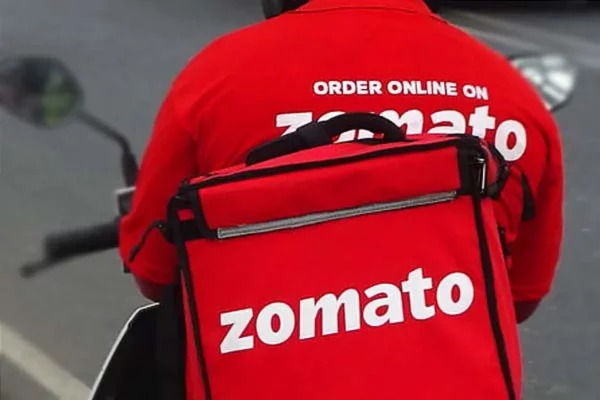
Zomato has conducted a number of experiments over the past few months, and its teasers masquerading as new services show that Deepinder Goyal and Zomato aren’t short on ideas. However, there is no guarantee that some of these ideas will develop into successful businesses and thereby result in value for shareholders.
Intercity food delivery, printout delivery, and 10-minute food delivery are all eye-catching verticals, but are these really what Zomato wants to solve the profitability conundrum? Some of them resemble photos taken in near total darkness.
The Zomato Professional subscription revenue is one area that has received little attention. The market will be closely watching this specific characteristic’s reappearance because it has currently been put on hold. The pilot projects and experiments, however, haven’t yet been successful enough to inspire Zomato’s stockholders to maintain their positions.
Edited by Prakriti Arora




